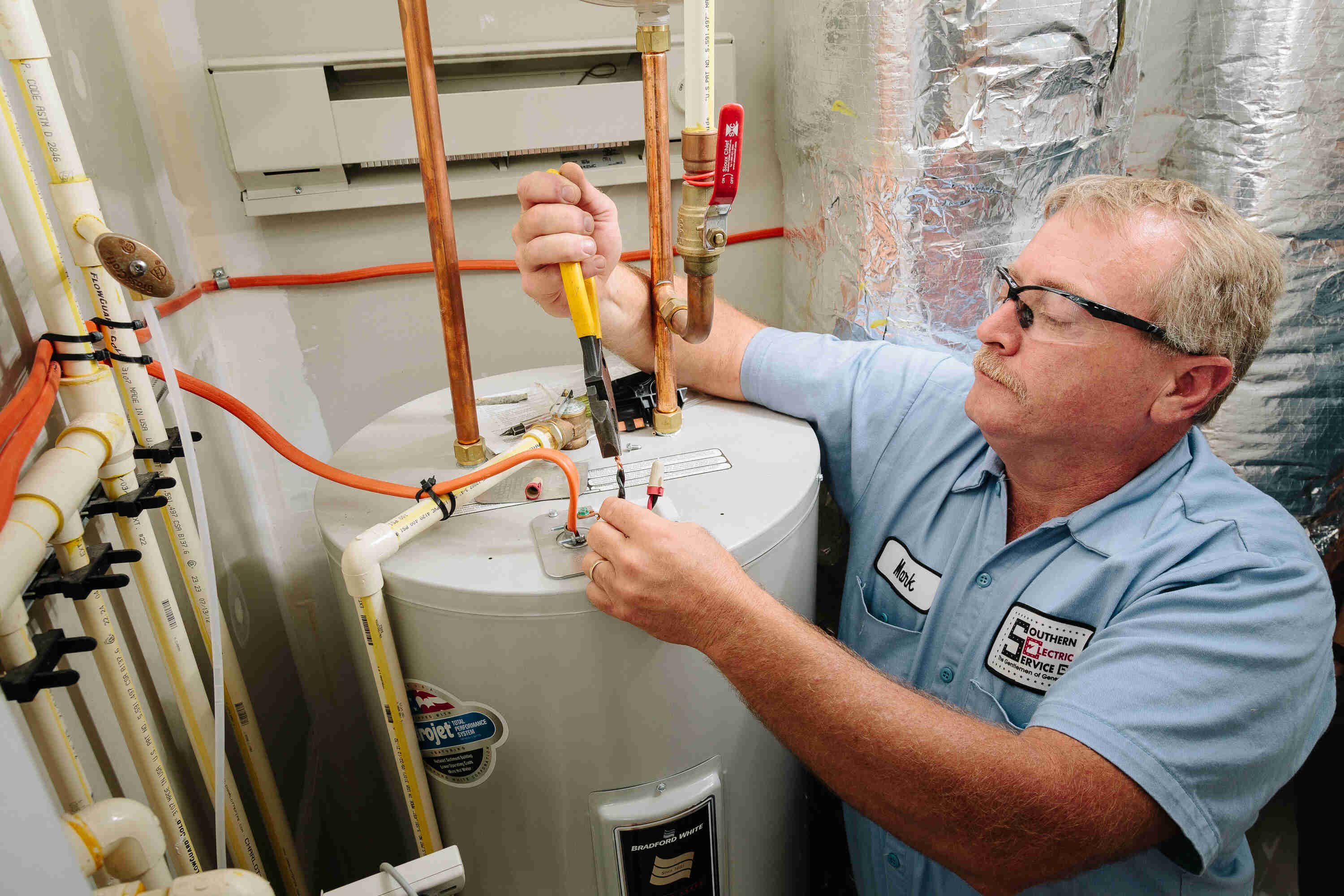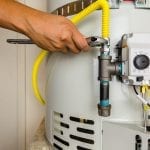Expert Tips on Caring for Your Home's Hot Water SystemBest Practices for Maintaining Your Home's Hot Water System
Expert Tips on Caring for Your Home's Hot Water SystemBest Practices for Maintaining Your Home's Hot Water System
Blog Article
They are making a few good points on Tips For Maintaining Your Hot Water Heater as a whole in this great article directly below.

Warm water is essential for everyday convenience, whether it's for a refreshing shower or washing meals. To guarantee your hot water system runs successfully and lasts much longer, normal maintenance is key. This post offers practical suggestions and understandings on exactly how to keep your home's hot water system to stay clear of interruptions and costly repair services.
Introduction
Keeping your home's hot water system might seem overwhelming, however with a couple of simple steps, you can ensure it runs efficiently for years to come. This guide covers whatever from recognizing your warm water system to DIY upkeep tips and understanding when to hire specialist aid.
Value of Maintaining Your Warm Water System
Normal maintenance not only expands the lifespan of your hot water system yet also ensures it runs effectively. Neglecting upkeep can bring about decreased effectiveness, greater energy costs, and even early failure of the system.
Indications Your Hot Water System Requirements Upkeep
Knowing when your warm water system requires attention can avoid significant issues. Look out for indicators such as inconsistent water temperature, odd sounds from the heater, or rustic water.
Comprehending Your Warm Water System
Before diving right into maintenance jobs, it's handy to understand the fundamental parts of your warm water system. Generally, this includes the water heater itself, pipes, anode rods, and temperature level controls.
Month-to-month Upkeep Tasks
Normal month-to-month checks can aid capture small problems prior to they intensify.
Flushing the Water Heater
Flushing your hot water heater gets rid of sediment buildup, boosting effectiveness and prolonging its life.
Monitoring and Replacing Anode Rods
Anode poles stop deterioration inside the storage tank. Inspecting and changing them when worn out is critical.
Checking and Adjusting Temperature Level Settings
Readjusting the temperature level settings makes sure optimum performance and safety.
Do It Yourself Tips for Maintenance
You can do several upkeep tasks on your own to keep your warm water system in top condition.
Looking for Leaks
Consistently examine pipelines and connections for leakages, as these can bring about water damage and greater expenses.
Evaluating Stress Alleviation Valves
Evaluating the pressure safety valve ensures it functions appropriately and avoids extreme stress accumulation.
Protecting Pipes
Protecting warm water pipelines lowers warmth loss and can save power.
When to Call a Specialist
While DIY upkeep is helpful, some issues need specialist knowledge.
Complex Problems Calling For Specialist Assistance
Examples include significant leaks, electrical problems, or if your water heater is regularly underperforming.
Routine Professional Maintenance Conveniences
Specialist upkeep can consist of detailed inspections, tune-ups, and ensuring compliance with security standards.
Conclusion
Regular upkeep of your home's warm water system is crucial for performance, long life, and price savings. By adhering to these pointers and recognizing when to look for expert assistance, you can guarantee a reputable supply of hot water without unforeseen disturbances.
How to Maintain an Instant Hot Water Heater
Before tinkering with your hot water heater, make sure that it’s not powered on. You also have to turn off the main circuit breaker and shut off the main gas line to prevent accidents. Also turn off the water valves connected to your unit to prevent water from flowing into and out of the appliance. 2. When you’re done, you have to detach the purge valves’ caps. These look like the letter “T” and are situated on either side of the water valves. Doing so will release any pressure that has accumulated inside the valves while at the same time avoid hot water from shooting out and burning your skin. 3. When the purge valves’ caps are removed, you have to connect your hosing lines to the valves. Your unit should have come with three hoses but if it didn’t, you can purchase these things from any hardware or home repair shops. You can also get them from retail stores that sell water heating systems. Read the user’s manual and follow it to complete this task properly. When the hosing lines are connected, open the purge port’s valves. 4. You should never use harsh chemical cleaners or solutions when cleaning your unit. Make use of white vinegar instead. It should be undiluted and you’ll probably use about 2 gallons. 5. Now flush your water heater. This task should probably take about 40 minutes. We can’t give you specific directions for this because the procedure is carried out depending on the type, model and brand of your heater. With that being said, refer to the user’s manual. 6. When you’re done draining the unit, you have to turn off the purge port valves again. Remove the hosing lines that you earlier installed on each of the water valves. Put the valve caps (purge port) back in their respective places and be very careful so as not to damage the rubber discs that are found inside these caps. 7. Now that everything’s back in place, check your user’s manual again to find out how to reactivate your water heating system. 8. Once it is working, turn one of your hot water faucets on just to let air pass through the heater’s water supply pipes. Leave the tap on until water flows smoothly out of it. https://www.orrplumbing.com/blog/2014/september/how-to-maintain-an-instant-hot-water-heater/

I came across that post on How to Maintain Your Water Heater & Prolong its Life when browsing the internet. Sharing is caring. You just don't know, you may be helping someone out. Many thanks for your time spent reading it.
About Report this page